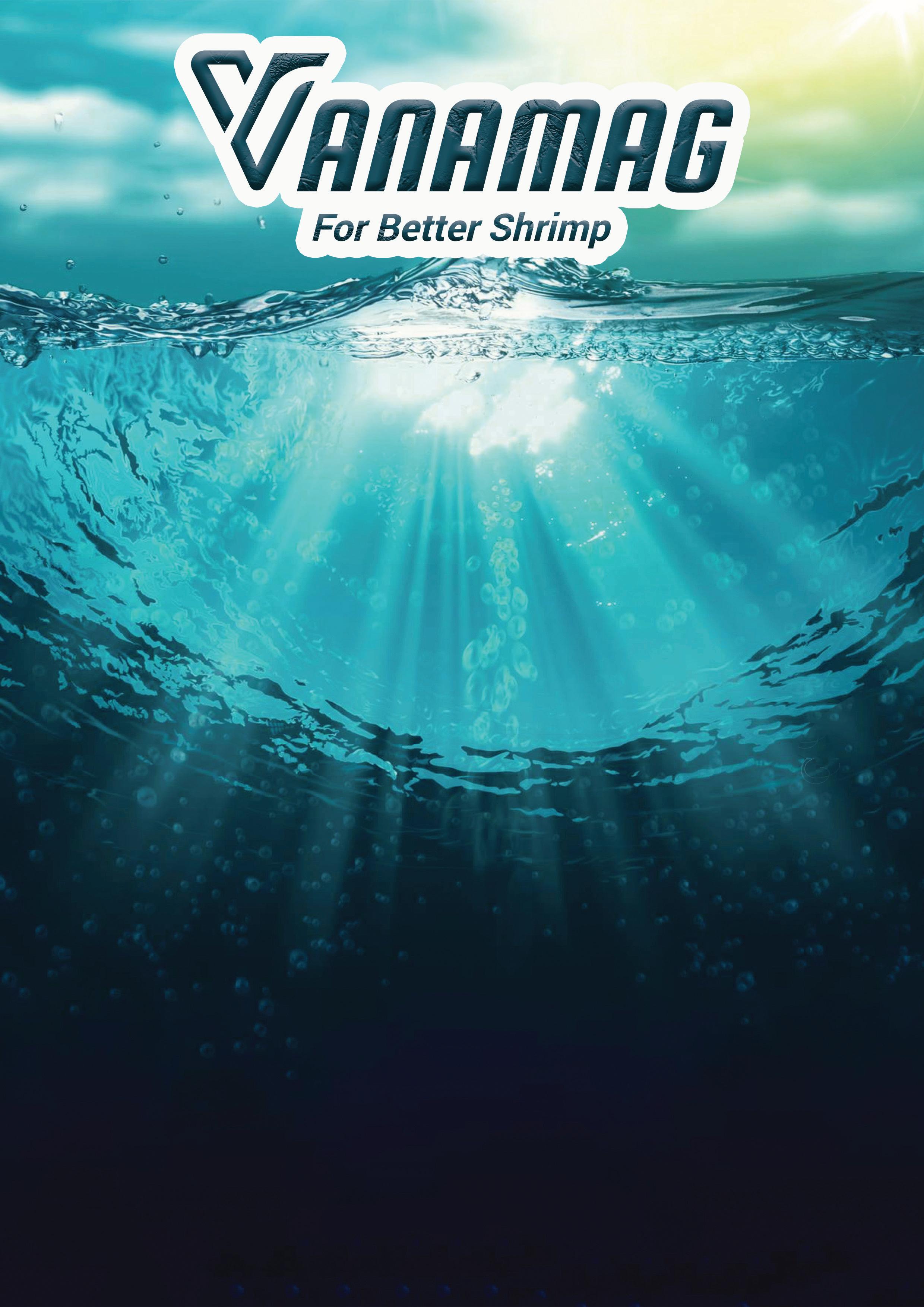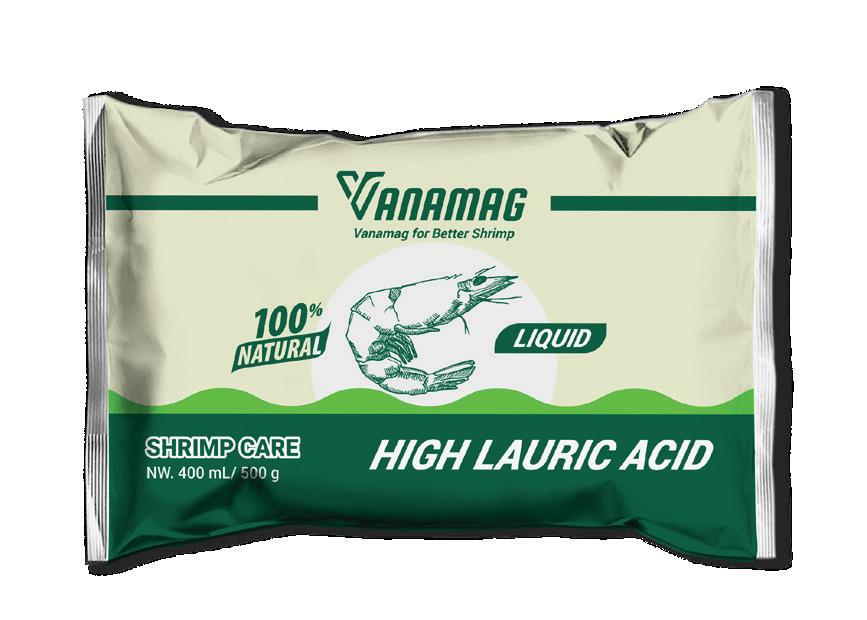
1 minute read
Market Wet
from THE CRUST - ISSUE #9
by THE CRUST
The Unseen Iceberg: Hidden Risks in the Indonesian Shrimp Industry’s Dependence on the US Market





The Indonesian shrimp industry, a vital player in the global aquaculture sector, has long fostered a prosperous relationship with the US market. However, beneath this seemingly beneficial alliance, hidden risks lurk, threatening to capsize the industry. This article aims to illuminate these unseen perils and underscore the urgent imperative for diversification.
Indonesia, an esteemed global shrimp producer, heavily depends on exporting over 70% of its shrimp to the US. While this has yielded considerable economic gains, it also exposes the industry to a precarious position. Relying heavily on a single market leaves the industry susceptible to substantial risks. This diminishes its bargaining power, often necessitating further reductions in farmgate prices. The ensuing pressure impedes growth, potentially triggering a downward spiral of diminishing returns.
The Indonesian shrimp industry is presently witnessing a waning competitive advantage against rival producer nations. Our shrimp products face dwindling favorability, compounded by the ongoing economic downturn in the US, which has led to buyers’ cold storage facilities reaching capacity. Failure to secure contracts could result in a supply chain deadlock, rendering farmed shrimp unsellable. Such an outcome could inflict catastrophic losses, crip- pling the industry and jeopardizing the livelihoods of thousands of farmers and their communities.
Diversification is not a mere choice; it has become an urgent necessity. It serves as a vital buffer, alleviating the pressures and risks associated with an overreliance on a single market. Diversifying empowers the industry to navigate market fluctuations without succumbing to catastrophic consequences. Moreover, it bolsters the industry’s bargaining power, negating the constant need for price reductions. In essence, diversification is a strategic maneuver that can stabilize the industry and pave the path for sustainable growth.
Given the challenges and risks confronting the Indonesian shrimp industry, prioritizing diversification becomes paramount. Stakeholders must proactively embrace measures to fortify the industry’s resilience and drive growth amidst the uncertainties of the global market. Specific recommendations include exploring untapped export markets, investing in value-added shrimp products, promoting local consumption, and embracing sustainable aquaculture practices. By embracing diversification, the industry can secure a prosperous and sustainable future for all stakeholders involved.













